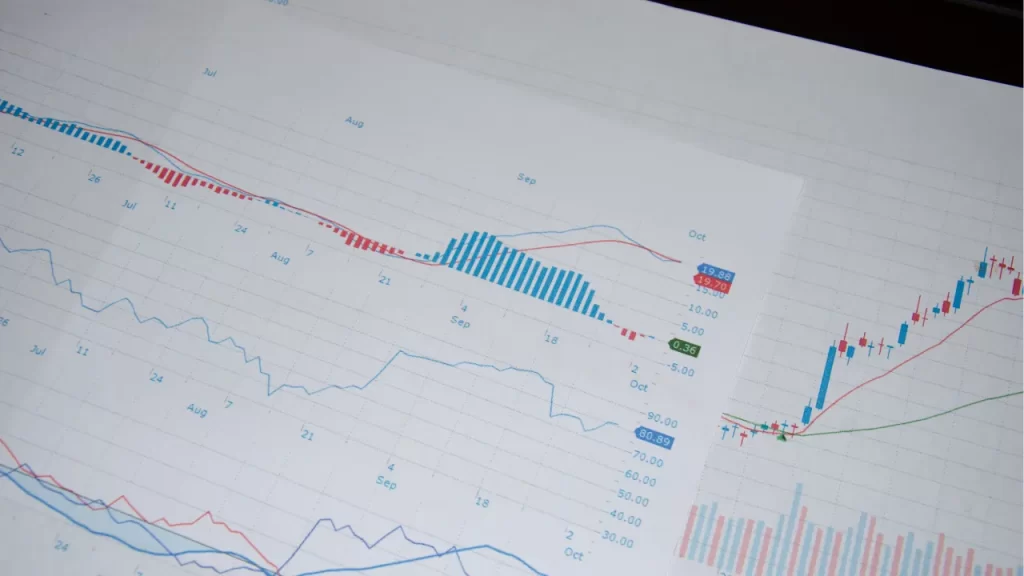CFD (Contract for Difference) trading offers traders the opportunity to profit from price movements in various financial markets without owning the underlying asset.
However, due to the high risk and leverage involved, beginners must adopt well-structured strategies to improve their chances of success.
In this guide, we will explore the best CFD trading strategies for beginners, how to implement them, and key risk management techniques to protect your capital.

Why Do You Need a CFD Trading Strategy?
A well-defined strategy helps traders:
- Identify profitable trading opportunities
- Manage risk effectively and avoid significant losses
- Improve consistency and discipline in trading
- Understand when to enter and exit trades
Without a strategy, trading CFDs is no better than gambling.

Top CFD Trading Strategies for Beginners
1. Trend-Following Strategy (Best for beginners)
The trend-following strategy involves trading in the direction of the market trend.
How It Works:
- Identify an uptrend (higher highs & higher lows) or a downtrend (lower highs & lower lows).
- Use moving averages (e.g., 50-day or 200-day MA) to confirm trends.
- Enter long (buy) in an uptrend and short (sell) in a downtrend.
Example of a Trend-Following Trade:
If the price of gold CFDs is consistently rising above the 50-day moving average, a trader can enter a long position and hold it until the trend shows signs of reversal.
Pros:
- Easy to understand and follow
- Works well in strong market trends
- Reduces emotional decision-making
Cons:
- Doesn’t work well in sideways (range-bound) markets
- Requires patience to hold trades for extended periods
2. Breakout Trading Strategy
A breakout strategy involves trading when the price moves beyond a key support or resistance level with increased volume.
How It Works:
- Identify a support or resistance level (using trendlines or chart patterns).
- Wait for the price to break through the level with strong momentum.
- Enter a buy trade if the price breaks above resistance or a sell trade if the price breaks below support.
Example of a Breakout Trade:
If EUR/USD has been trading between 1.1000 and 1.1200, a trader waits for the price to break above 1.1200 (resistance) before entering a long position.
Pros:
- Provides opportunities for quick profits
- Works well in volatile markets
Cons:
- False breakouts can lead to losses
- Requires monitoring of price action and volume
3. Range Trading Strategy
Range trading is ideal when a market is moving sideways (consolidating) between a fixed support and resistance level.
How It Works:
- Identify a range-bound market where price moves between two levels.
- Buy near support and sell near resistance.
- Use stop-loss orders to protect against breakouts.
Example of a Range Trading Setup:
If Bitcoin (BTC/USD) is trading between $28,000 and $32,000, a trader can buy at $28,000 and sell at $32,000 repeatedly until a breakout occurs.
Pros:
- Works well in low-volatility markets
- Provides frequent trading opportunities
Cons:
- Breakouts can lead to unexpected losses
- Requires quick decision-making
4. Scalping Strategy (For short-term traders)
Scalping involves making multiple trades within a short time to capture small price movements.
How It Works:
- Enter and exit trades quickly (within minutes).
- Use technical indicators like Bollinger Bands, RSI, and MACD.
- Target small profits (5-10 pips per trade).
Example of a Scalping Trade:
A trader using 5-minute candlestick charts on GBP/USD may enter multiple quick trades during volatile market sessions.
Pros:
- Quick profits in highly liquid markets
- Ideal for traders who enjoy fast-paced trading
Cons:
- Requires full concentration and fast execution
- High trading costs due to frequent transactions
5. Swing Trading Strategy
Swing trading involves holding trades for several days to weeks, capturing price swings within a trend.
How It Works:
- Identify a strong trend (up or down).
- Buy during pullbacks in an uptrend, sell during rallies in a downtrend.
- Use Fibonacci retracements and moving averages for trade timing.
Example of a Swing Trade:
If Apple stock CFDs are trending upwards, a swing trader buys during a short-term dip and holds the trade for several days before selling at a higher price.
Pros:
- Less stressful than day trading
- Works well for traders with limited screen time
Cons:
- Requires patience and analysis
- Market gaps can cause unexpected losses
Risk Management in CFD Trading
Regardless of your strategy, proper risk management is crucial for long-term success.
- Use Stop-Loss Orders: Protects against large losses.
- Limit Leverage: High leverage increases risk exposure.
- Risk Only 1-2% Per Trade: Avoids major drawdowns.
- Diversify Trades: Don’t risk all capital on a single trade.
Which Strategy is Best for Beginners?
- Trend-Following: Ideal for long-term beginners who prefer stable trades.
- Breakout Trading: Good for traders who want high-volatility opportunities.
- Range Trading: Works well in sideways markets.
- Scalping: Suitable for fast traders with quick decision-making skills.
- Swing Trading: Best for traders who can hold positions for several days.
Recommendation: Start with trend-following and breakout trading before experimenting with other strategies.

Conclusion
Choosing the best CFD trading strategy depends on your risk tolerance, trading style, and market conditions.
Beginners should start with simple strategies like trend-following and breakout trading before exploring advanced techniques.
By following these strategies and practicing discipline, you can build a strong foundation in CFD trading and improve your chances of success.






